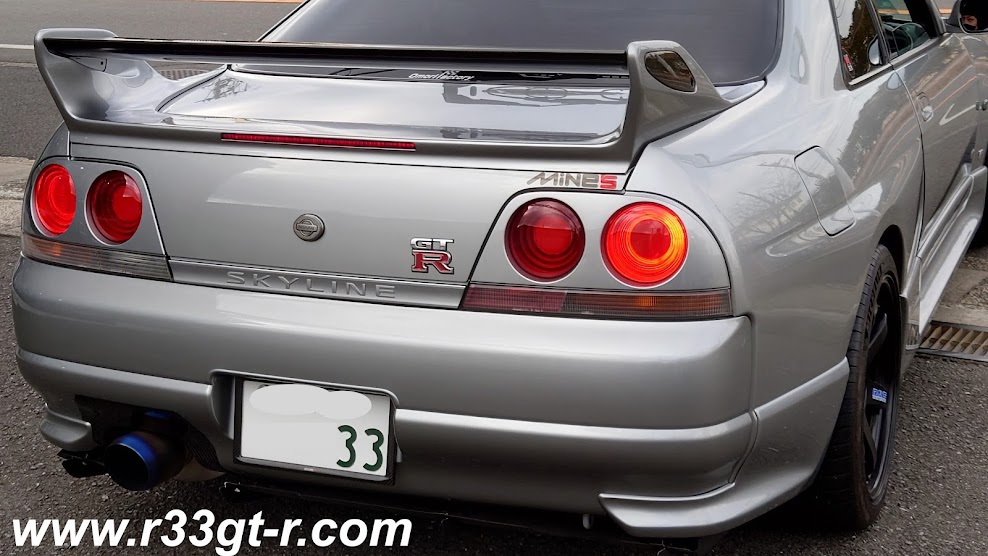 |
| Control unit on left, display unit on right. From: https://minkara.carview.co.jp/userid/131534/car/41102/41491/note.aspx |
So of course when I got my car back from Nakamura of WORX, I was SUPER PISSED OFF to find out that the control unit had disappeared. When I asked where it was, he told me he had placed it BEHIND the driver's side kick panel - out of sight, out of mind. WTF?? UNACCEPTABLE!
Now, I understand he didn't want to tape or glue it to the leather covered fuse box cover (and THANK GOD he didn't - or worse BOLT it on...), but could he have not made a bracket? He had shown such creativity with the additional fuses in the trunk, and the bracket in the glove box which he had even covered in matching Alcantara (but then proceeded to ruin it by drilling two screws into the leather... sigh...)
 |
| Custom fuse box for audio items in trunk by Nakamura. Nice, right? Except now that I've uncovered his errors, I'm worried about this. Will have to go and double check there aren't any problems... |
So I decided to take a look. When I removed the cover, I discovered that he had used various zip ties to secure the unit, and at the same time, had used shrink tubing to shorten the length the wiring going into the unit. This meant that I would not be able to relocate to the left side of the dash nor next to my left leg - the control unit would have to stay relatively close to its original location.
After re-routing the wiring to its maximum length, I found and bent a piece of thin aluminum in an effort to make a bracket. My idea was to use one of the bolts securing the dashboard as the base to which the bracket would attach.
Unfortunately, after a few tries I discovered that my solo DIY efforts were not going to work. And, unless I was willing to be very patient and have a very special bracket made, a quick solution was not going to present itself.
In the end, I decided that the original fuse box cover was indeed the correct location, not only because I was used to it but ergonomically it works very well. So, the next step is then to decide how to affix the control unit. Clearly, I do not want to use glue or super strong double stick tape, which would likely damage the leather.
So, the only solution I could come up with was to use rubber bands to literally strap the unit to the cover. But, that is ugly and ghetto (excuse the term). Time to get creative.

What I ended up doing was to finding a small black rubber work glove at the local hardware store, and cutting off the fingers and using the rest of it (essentially the wrist portion). Luckily, that wrist portion fits snugly around both the cover and the control unit. Once the control unit is inserted, just need to make the wiring is zip-tied out of the way.
Being black, from a distance the black rubber looks like it's supposed to be there. Not the ideal and most permanent solution but since it cost me less than 300 yen, it will do for now until I can figure out how to mount the control unit without damaging the leather.
 |
| Incidentally, the green arrows point to the 1) alarm LED (blue) and the microphone (un-needed) for the Navi unit. |
Ok so a couple of more posts left on stuff I had to fix due to damage done or illogical placement by Nakamura at WORX during the alarm and stereo install. As you can tell from this post, these aren't necessary permanent fixes, but simply enough to get by without annoying the heck out of me everytime I get in my car. One of these days I will find a proper shop and get everything properly sorted, but until then my fixes will work.



































